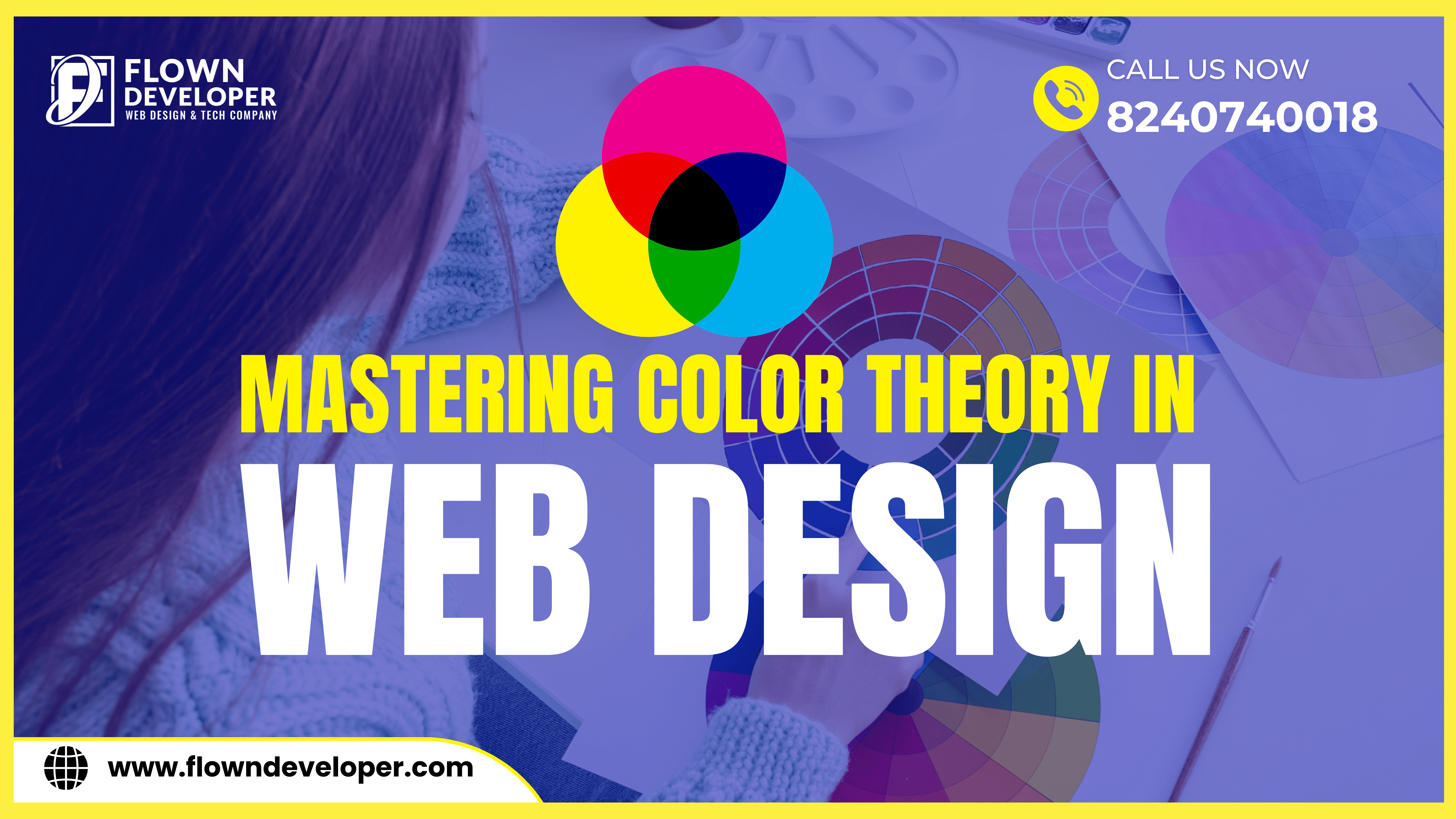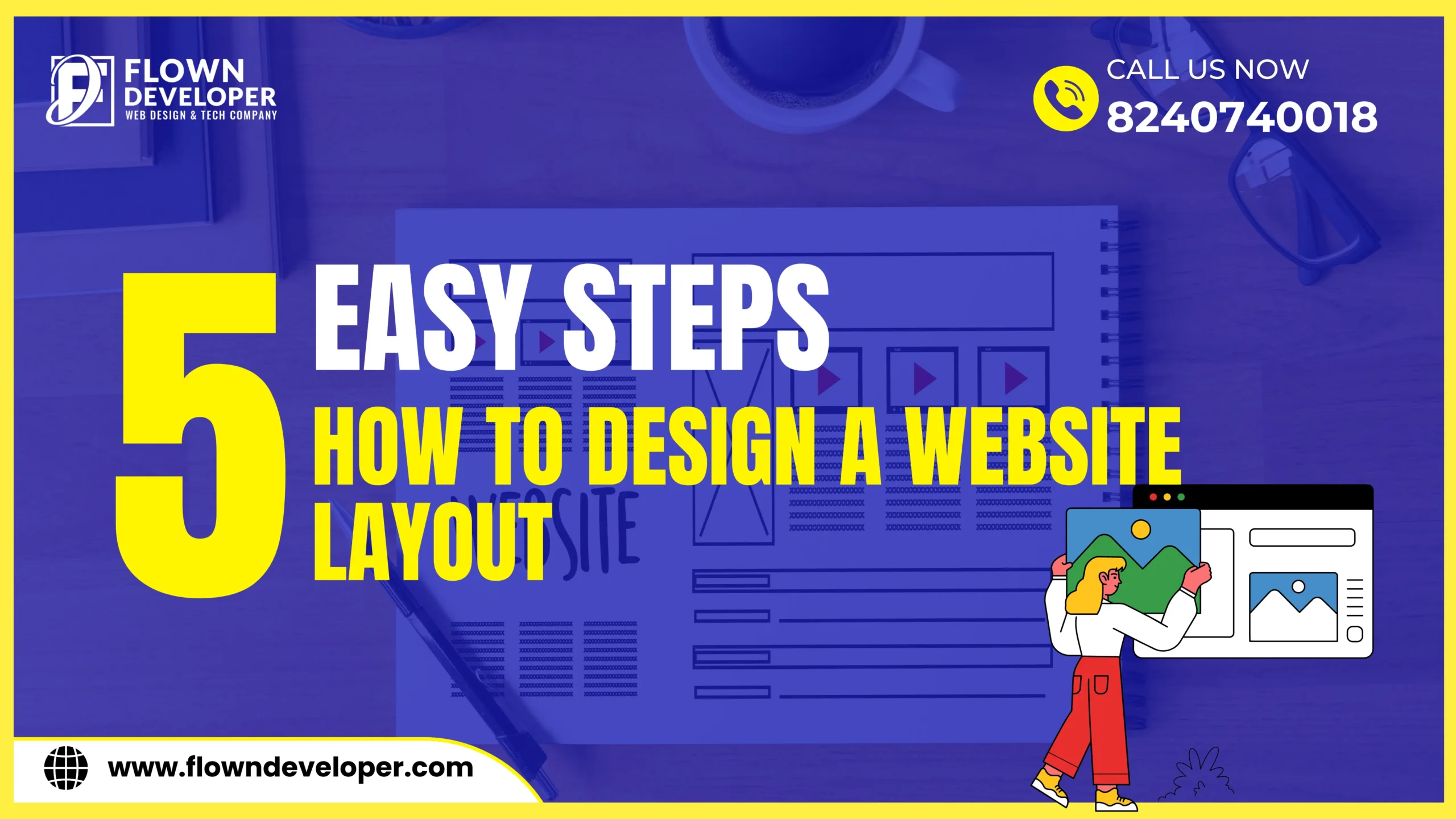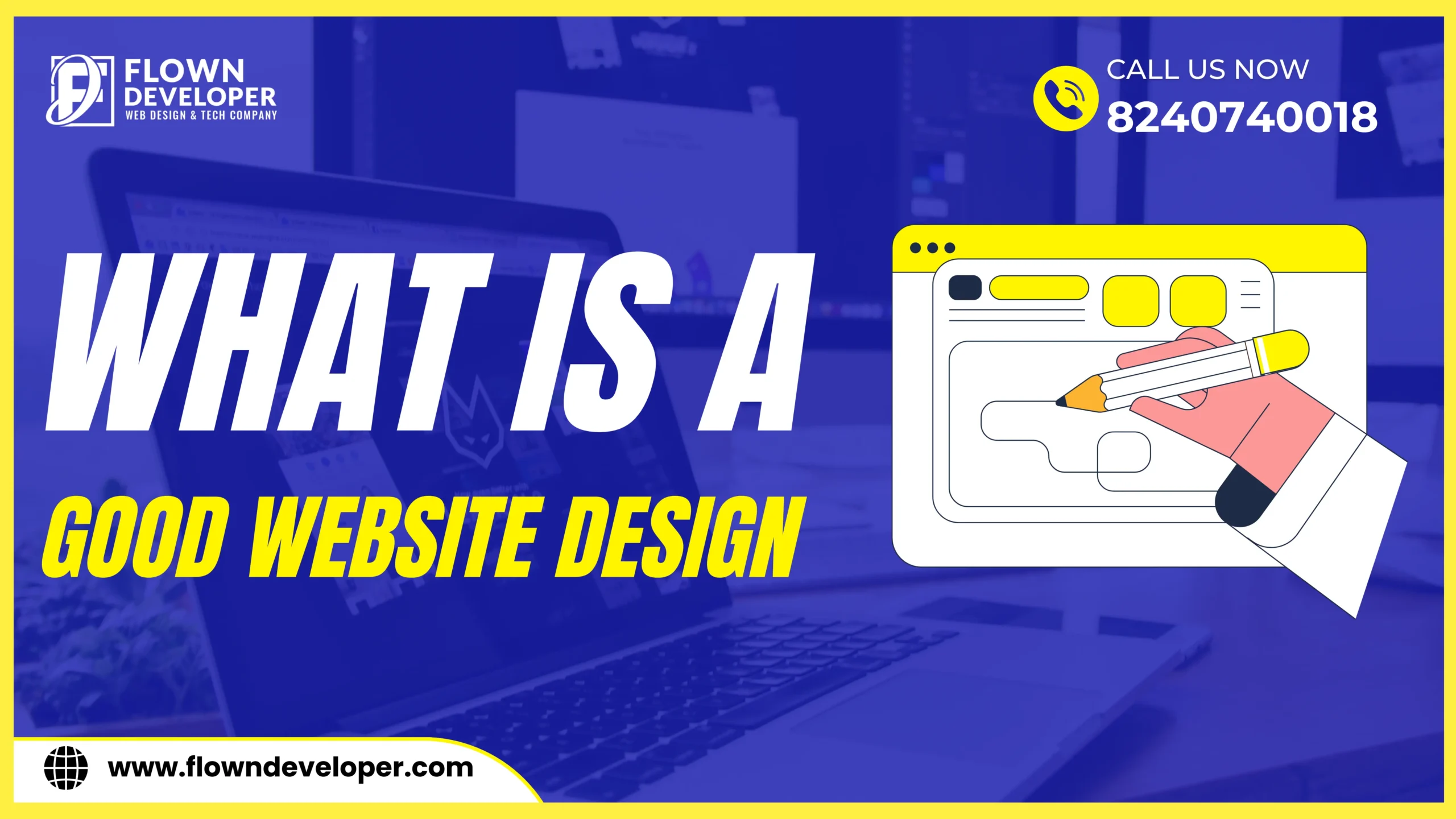Unveiling the Secrets of Brand Identity Design: The Ultimate Guide For Create a Successful Brand!
Introduction
Developing a robust brand identity is essential for success in today’s quickly changing business environment. It’s not just about a logo or a catchy tagline; it’s about creating a lasting impression that speaks to your target audience. This guide provides essential insight into the components of brand identity design, offering expert guidance to help you craft a distinct and unforgettable brand.
The Significance of Brand Identity Design
Crafting
a
brand
identity
goes
far
beyond
aesthetics.
It’s
about
communicating
your
company’s
values,
mission,
and
personality
through
visual
and
verbal
elements.
A
well-defined
brand
identity
sets
the
foundation
for
building
trust
and
establishing
credibility
in
the
market.
When
crafting
a
brand
identity,
it
is
critical
to
consider
the
message
conveyed
to
the
intended
audience.
This
involves
understanding
your
company’s
values,
mission,
and
distinct
personality.
Visual
elements
convey
your
brand
identity,
including
logos,
color
palettes,
typography,
and
imagery.
These
elements
should
reflect
your
company’s
values
and
resonate
with
your
target
audience.
For
example,
vibrant
and
playful
colors
may
convey
a
sense
of
creativity
and
innovation,
while
muted
and
minimalist
designs
may
communicate
a
more
sophisticated
and
refined
brand
image.
Verbal
elements,
including
your
company’s
tagline,
brand
voice,
and
messaging,
also
contribute
to
establishing
your
brand
identity.
Whether
formal,
professional,
casual,
or
friendly,
consistency
in
your
brand’s
messaging
helps
reinforce
your
identity
and
build
recognition.
A
well-defined
brand
identity
helps
distinguish
your
company
from
competitors
and
builds
consumer
trust.
Customers
who
can
easily
recognize
and
relate
to
your
brand
are
likelier
to
trust
and
engage
with
your
products
or
services.
This
trust
and
credibility
are
essential
for
long-term
success
and
customer
loyalty.
Ultimately,
crafting
a
brand
identity
is
a
deliberate
process
that
requires
thoughtful
consideration
of
your
company’s
values,
mission,
and
personality.
You
can
establish
a
strong
and
impactful
brand
that
resonates
with
your
target
audience
by
effectively
communicating
these
through
visual
and
verbal
elements.
Understanding Your Target Audience
Before
diving
into
design
elements,
it’s
crucial
to
understand
who
your
target
audience
is.
Conduct
in-depth
market
research
to
identify
customer
preferences,
pain
points,
and
aspirations.
This
information
will
inform
your
design
decisions,
ensuring
they
resonate
with
your
audience
on
a
deeper
level.
This
knowledge
will
guide
your
design
choices,
ensuring
they
resonate
with
your
audience
on
a
deeper
level.
It
is
critical
to
comprehend
your
target
audience
to
design
effectively.
A
comprehensive
market
research
will
help
you
gain
insights
into
their
preferences,
pain
points,
and
aspirations.
Understanding
these
aspects
allows
you
to
create
designs
that
truly
connect
with
your
audience.
Begin
by
determining
the
demographic
characteristics
of
your
intended
audience,
including
age,
gender,
location,
and
occupation.
This
information
will
provide
a
basic
understanding
of
their
characteristics.
Next,
delve
deeper
into
their
preferences.
Research
their
interests,
hobbies,
and
the
types
of
products
or
services
they
are
interested
in.
This
will
help
you
uncover
what
appeals
to
them
visually
and
aesthetically.
Please
take
note
of
their
pain
points
and
frustrations.
By
understanding
their
challenges,
you
can
effectively
create
designs
that
offer
solutions
or
address
their
concerns.
This
approach
can
help
build
a
connection
with
your
audience,
as
they
will
feel
understood
and
supported.
Lastly,
identify
their
aspirations
and
goals.
What
do
they
want
to
achieve?
What
are
their
desires
and
dreams?
By
understanding
what
motivates
and
inspires
them,
you
can
design
experiences
that
align
with
their
aspirations.
Conducting
surveys
interviews,
and
analyzing
data
from
various
sources
can
provide
valuable
insights.
Additionally,
monitoring
social
media
conversations
and
observing
competitor’s
strategies
can
offer
insights
into
your
target
audience’s
preferences.
You
will
have
a
solid
foundation
for
your
design
choices
by
conducting
thorough
market
research.
This
knowledge
will
enable
you
to
create
designs
that
effectively
resonate
with
your
audience,
helping
to
achieve
your
desired
outcomes.
Logo: The Face of Your Brand Strategy
Your
logo
is
the
first
thing
that
comes
to
mind
when
people
think
of
your
brand.
It
should
be
unique,
memorable,
and
reflective
of
your
brand’s
personality.
Consider
the
color
psychology
and
typography
that
align
with
your
brand’s
message.
OpenAI’s
logo
exemplifies
a
unique
and
memorable
design
that
encapsulates
the
brand’s
identity.
It
has
a
minimalist
and
modern
look,
combining
simple
geometric
shapes
and
negative
space.
The
logo
features
the
distinctive
“O”
symbol,
representing
openness
and
infinity.
Regarding
color
psychology,
the
OpenAI
logo
relies
on
a
bold
and
vibrant
blue
color
associated
with
trust,
intelligence,
and
technology.
This
choice
of
color
aligns
with
OpenAI’s
message
of
advancing
artificial
intelligence
responsibly
and
transparently.
The
typography
used
in
the
OpenAI
logo
is
clean,
modern,
and
sans-serif.
It
complements
the
simplicity
of
the
logo
design
and
adds
to
the
overall
contemporary
feel.
Using
lowercase
letters
also
communicates
a
friendly
and
approachable
brand
personality.
Overall,
the
OpenAI
logo
stands
out
due
to
its
unique
symbol,
vibrant
color,
and
clean
typography.
It
represents
the
brand’s
commitment
to
openness,
intelligence,
and
responsible
AI
development.
Color Palette: Conveying Emotions and Values
Colors
evoke
emotions
and
convey
messages.
Select
a
color
scheme
that
communicates
the
feelings
and
core
values
you
intend
to
associate
with
your
brand.
For
instance,
blue
exudes
trust
and
professionalism,
while
green
signifies
growth
and
sustainability.
I
would
choose
a
color
palette
for
my
brand
that
reflects
creativity,
innovation,
and
authenticity.
I
want
my
brand
to
exude
a
sense
of
modernity
and
forward-thinking.
Based
on
these
values,
I
choose
bold
and
vibrant
colors.
1.
Orange:
Orange
signifies
enthusiasm,
creativity,
and
determination.
It
symbolizes
adventure
and
stands
out
as
a
unique
and
impactful
color.
2.
Turquoise:
Turquoise
is
a
color
that
represents
innovation
and
individuality.
It
is
associated
with
calmness
and
balance,
which
reflects
the
authenticity
and
originality
I
want
my
brand
to
convey.
3.
Magenta:
Magenta
is
a
vibrant
color
representing
passion
and
creativity.
It
evokes
a
sense
of
excitement
and
energy,
grabbing
attention
and
stimulating
interest.
4.
Charcoal
Gray:
Charcoal
gray
is
a
neutral
hue
that
imparts
sophistication
and
professionalism
to
any
palette.
It
balances
the
vibrant
colors,
giving
an
overall
modern
and
sleek
look.
This
palette
of
orange,
turquoise,
magenta,
and
charcoal
gray
would
help
my
brand
convey
emotions
like
excitement,
creativity,
and
innovation
while
also
portraying
a
sense
of
professionalism
and
balance.
Typography: Communicating Tone and Style
The
fonts
you
select
play
a
significant
role
in
conveying
your
brand’s
tone
and
style.
Whether
it’s
sleek
and
modern
or
classic
and
timeless,
ensure
it
aligns
with
your
overall
brand
persona.
Fonts
have
the
power
to
communicate
the
personality
and
essence
of
a
brand
visually.
The
typography
you
choose
can
contribute
to
your
brand’s
overall
tone
and
style,
reflecting
its
values
and
character.
Here
are
a
few
considerations
when
selecting
fonts
for
your
brand:
1.
Consistency:
Use
consistent
fonts
across
all
brand
materials,
including
your
logo,
website,
social
media
posts,
and
printed
materials.
This
creates
a
cohesive
and
unified
brand
identity.
2.
Readability:
Ensure
your
chosen
font
is
legible
and
easy
to
read.
Font
readability
should
be
considered
when
selecting
a
font,
as
different
fonts
have
varying
levels
of
legibility
depending
on
the
context.
For
example,
a
fancy
script
font
may
not
be
suitable
for
long
paragraphs
of
text.
3.
Tone
and
style:
Consider
what
emotions
or
qualities
you
want
your
font
to
convey.
Are
you
aiming
for
a
modern
and
minimalist
look
or
do
you
want
to
evoke
a
sense
of
tradition
and
heritage?
Different
fonts
have
associated
connotations,
so
select
ones
that
align
with
your
brand’s
personality.
4.
Versatility:
Choose
fonts
that
can
be
scaled
and
used
across
different
mediums.
Some
fonts
may
look
good
on
a
computer
screen
but
need
more
clarity
when
printed
or
displayed
on
smaller
screens.
Ensure
your
fonts
remain
consistent
and
legible
across
various
platforms.
5.
Pairing
fonts:
When
selecting
fonts,
consider
how
they
complement
each
other.
Pairing
contrasting
fonts,
such
as
a
bold
title
font
with
a
simpler
body
text
font,
can
create
visual
interest.
Ensure
the
fonts
you
select
work
well
together
and
form
a
harmonious
combination.
Remember,
the
fonts
you
choose
shouldn’t
be
arbitrary
decisions
but
intentional
choices
that
reflect
your
brand’s
persona.
Take
the
time
to
explore
various
options,
experiment
with
different
combinations,
and
consider
seeking
professional
advice
or
conducting
consumer
research
to
ensure
your
font
choices
resonate
with
your
target
audience.
Imagery: Telling Your Brand Story
Visual
elements,
including
photography
and
illustrations,
are
powerful
tools
for
storytelling.
They
should
align
with
your
brand’s
narrative
and
resonate
with
your
target
audience.
Photography
and
illustrations
can
be
powerful
tools
for
storytelling
beyond
their
aesthetic
value.
When
used
effectively,
they
can
enhance
a
brand’s
narrative
and
connect
with
the
target
audience
on
a
deeper
level.
Visual
elements
can
evoke
emotions,
convey
messages,
and
capture
attention
in
a
way
that
words
alone
often
cannot.
They
can
help
create
a
visual
identity
for
a
brand,
making
it
more
memorable
and
distinct.
They
can
reinforce
its
values
and
personality
by
aligning
the
visual
elements
with
the
brand’s
narrative.
For
example,
a
brand
focusing
on
adventure
and
exploration
might
use
vibrant
and
dynamic
photographs
of
outdoor
landscapes
to
convey
a
sense
of
excitement
and
freedom.
On
the
other
hand,
a
brand
that
promotes
sustainability
and
eco-consciousness
might
opt
for
illustrations
that
depict
nature
and
environmental
themes
to
align
with
their
values.
Furthermore,
visual
elements
are
crucial
in
resonating
with
the
target
audience.
By
understanding
the
audience’s
preferences,
interests,
and
aspirations,
brands
can
craft
appealing
and
relatable
visuals.
This
can
help
establish
a
connection,
build
trust,
and
drive
engagement
and
loyalty.
Additionally,
the
consistent
use
of
visual
elements
across
various
platforms
and
touchpoints
reinforces
the
brand’s
identity
and
message.
Whether
it’s
a
website,
social
media,
packaging,
or
advertising
materials,
visual
consistency
helps
create
a
cohesive
brand
experience.
In
conclusion,
visual
elements
such
as
photography
and
illustrations
can
enhance
storytelling,
align
with
brand
narratives,
and
resonate
with
target
audiences.
Investing
time
and
effort
into
selecting
and
crafting
visuals
that
convey
the
desired
message
can
greatly
contribute
to
the
success
of
a
brand’s
communication
strategy.
Voice and Messaging: Consistency is Key
Your
brand’s
voice
is
how
it
communicates
in
writing.
Consistency
is
crucial
across
all
platforms
and
touchpoints,
whether
friendly
and
conversational
or
professional
and
formal.
A
consistent
brand
voice
is
essential
for
establishing
a
strong
and
recognizable
brand
image.
Connecting
with
customers
creates
trust
and
loyalty
in
your
brand.
Whether
your
brand
voice
is
friendly
and
conversational
or
professional
and
formal,
it
should
align
with
your
brand’s
identity
and
values.
The
way
your
brand
communicates
through
writing
should
reflect
your
desired
tone
and
personality.
If
you
wish
to
come
across
as
friendly
and
accessible,
use
familiar
and
comprehendible
language.
On
the
other
hand,
if
your
brand
is
more
formal
and
authoritative,
choose
words
and
phrases
that
convey
expertise
and
professionalism.
Consistency
across
all
platforms
and
touchpoints,
such
as
social
media,
website
content,
emails,
and
advertisements,
reinforces
your
brand
voice.
This
ensures
that
customers
have
a
consistent
experience
and
know
what
to
expect
from
your
brand,
regardless
of
where
or
how
they
interact.
Moreover,
a
consistent
brand
voice
helps
to
differentiate
your
brand
from
competitors.
It
allows
you
to
create
a
memorable
and
impactful
impression
in
the
minds
of
your
target
audience.
Over
time,
this
consistency
helps
build
credibility
and
trust
and
fosters
a
sense
of
familiarity
and
belonging
among
your
customers.
In
summary,
whether
your
brand’s
voice
is
friendly
or
professional,
maintaining
consistency
in
how
you
communicate
in
writing
is
crucial
for
establishing
a
strong
and
recognizable
brand
image.
It
helps
build
trust,
loyalty,
and
differentiation
while
ensuring
a
consistent
experience
across
all
platforms
and
touchpoints.
Creating a Memorable Tagline
A
tagline
encapsulates
your
brand’s
essence
in
a
few
words.
It
should
be
catchy,
memorable,
and
reflective
of
your
brand’s
unique
value
proposition.
Some
examples
of
catchy
and
memorable
taglines
that
reflect
a
brand’s
unique
value
proposition
are:
1.
“Just
Do
It”
–
Nike:
This
tagline
is
incredibly
memorable
and
encapsulates
Nike’s
brand
essence
of
encouraging
athletes
and
individuals
to
take
action
and
push
their
limits.
2.
“Think
Different”
–
Apple:
This
tagline
reflects
Apple’s
unique
value
proposition
of
innovation
and
challenging
the
status
quo.
It
fosters
an
environment
of
creativity
and
encourages
individuals
to
think
innovatively.
3.
“The
happiest
place
on
Earth”
–
Disneyland:
This
tagline
perfectly
captures
the
essence
of
Disneyland
being
a
magical
and
joyful
destination,
creating
unforgettable
experiences
and
happy
memories
for
visitors.
4.
“Finger-lickin’
good”
–
KFC:
This
tagline
is
catchy
and
reflects
the
unique
value
proposition
of
KFC’s
delicious
and
satisfying
fast-food
offerings.
5.
“Because
you’re
worth
it”
–
L’Oréal:
This
tagline
speaks
to
the
brand’s
commitment
to
empowering
individuals
and
enhancing
their
beauty,
reinforcing
the
idea
that
everyone
deserves
to
look
and
feel
their
best.
Remember,
the
key
to
an
effective
tagline
is
to
keep
it
simple,
memorable,
and
aligned
with
your
brand’s
essence
and
value
proposition.
Building a Visual Style Guide
A style guide ensures consistency in how your brand is presented across various channels. It includes guidelines for logo usage, color codes, typography, and image styles.
Online Presence: Website and Social Media
Your website is often the first point of contact with potential customers. It should be visually appealing, user-friendly, and reflective of your brand’s identity. Likewise, maintain a consistent brand presence on social media platforms.
Incorporating Feedback and Evolution
A brand identity is not static; it evolves with time. Solicit customer feedback, analyze market trends, and be open to refining your brand identity to stay relevant and resonant.
Unveiling the Secrets of Brand Identity Design: The Ultimate Guide!
Now that you’ve gained insights into the key components of brand identity design, it’s time to implement them. Remember, a well-crafted brand identity sets the stage for long-term success and customer loyalty.
Conclusion
Crafting a compelling brand identity is a dynamic process that requires a deep understanding of your audience and a clear articulation of your brand’s values. By following the steps outlined in this guide, you’re well on your way to creating a brand that resonates and stands the test of time.
F&Q
Brand identity design creates a unique and recognizable visual representation of a brand. Designing logos, colors, typography, imagery, and other visual elements to differentiate a brand from its competitors is integral to branding.
Having a strong brand identity can provide many benefits to your business. These advantages range from increased visibility to a more positive consumer perception of your company. It helps create brand recognition and loyalty, makes your business memorable, distinguishes you from competitors, attracts your target audience, increases trust and credibility, and fosters a consistent brand experience across different channels.
The timeline for brand identity development varies depending on the project’s complexity. It can take anywhere from a few weeks to a few months.
While creating a brand identity on your own is possible, seeking professional help can ensure a cohesive and impactful result. Experienced designers understand the nuances that make a brand stand out.
Absolutely. As your business evolves and adapts to market trends, your brand identity may also need to evolve. It’s essential to stay flexible and open to necessary changes.
Rebranding is a common strategy for businesses looking to stay relevant or reach new markets. However, it should be approached thoughtfully, considering existing customer loyalty and market perceptions.
To
create
a
brand
identity:
1.
Define
your
brand’s
values,
mission,
target
audience,
and
unique
selling
proposition.
2.
Design
visual
elements
such
as
logos,
colors,
typography,
and
imagery
that
align
with
your
brand’s
personality
and
positioning.
3.
Develop
brand
guidelines
to
ensure
consistency
in
how
your
brand
is
presented
across
all
touchpoints.
4.
What
should
I
consider
when
building
a
brand
identity?
When
building
a
brand
identity,
consider
factors
such
as
your
target
audience,
industry
trends,
competitor
analysis,
brand
values,
and
desired
brand
positioning.
Additionally,
consider
how
your
visual
brand
elements
can
effectively
represent
your
brand’s
personality,
values,
and
unique
selling
points.
Brand guidelines provide a set of rules and standards to ensure consistent brand identity usage across different channels and platforms. They provide guidelines on logo usage, color palettes, typography, imagery, tone of voice, and other visual and verbal aspects of your brand.
A logo visually represents a brand and serves as its identification mark. It plays a crucial role in brand identity by visually representing the essence of a brand and helping consumers recognize and remember the brand. A well-designed logo can convey the brand’s personality, values, and unique attributes.
Brand colors are essential to brand identity as they evoke emotions, create visual consistency, and help with brand recognition. Carefully chosen brand colors can set the tone, communicate the brand’s personality, and create a cohesive visual identity across different brand touchpoints.







